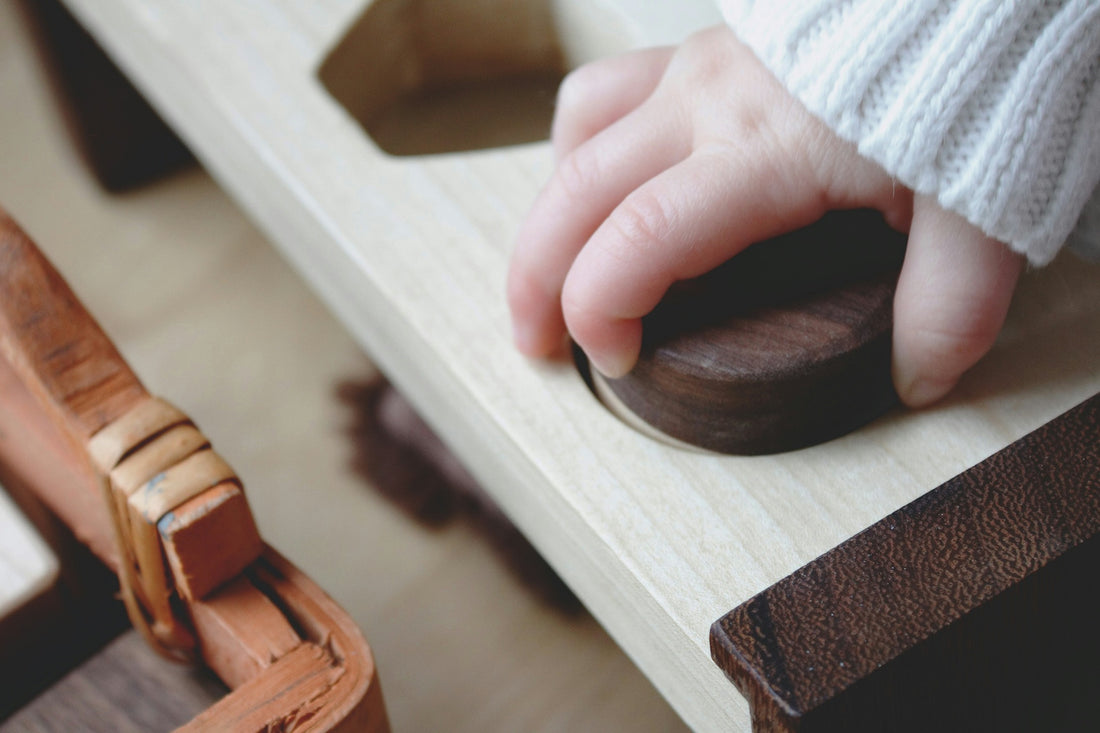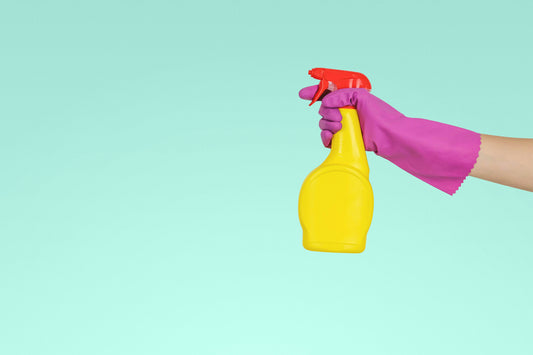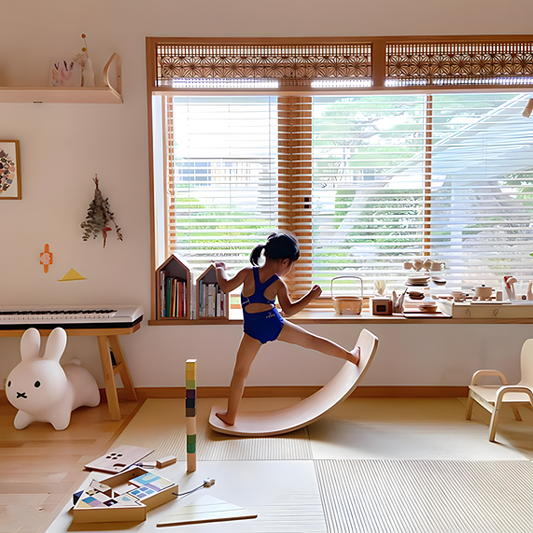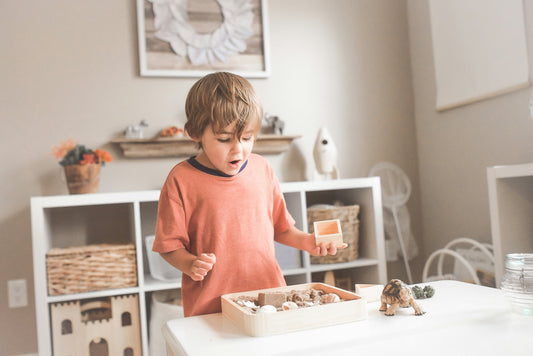As parents, we often find ourselves surrounded by toys and trinkets that once brought joy and excitement to our children's playtime. But what happens when our little ones outgrow their beloved toys and move on to new interests? For me, the answer came unexpectedly when I discovered that my child's Montessori toys had seamlessly transitioned from the playroom to become cherished decor items in our home.
Montessori toys, with their emphasis on simplicity, natural materials, and open-ended play, have long been a staple in our household. They’re also renowned for their ability to foster creativity and independence in children. But what if these toys could serve a dual purpose, not only enriching our children's playtime but also enhancing the aesthetic appeal of our home decor?
From wooden blocks and puzzles to sensory trays and stacking toys, these thoughtfully designed objects not only fostered my child's development and creativity but also added a touch of beauty and warmth to our home environment.
As my child grew older and his interests shifted, many of these Montessori toys were eventually relegated to the back of the closet or passed on to younger siblings or friends. However, instead of gathering dust in storage, these toys found new life as decorative accents in our home, serving as reminders of cherished memories and moments shared with our little one.
For example, a set of colorful wooden blocks that once served as building materials for imaginative castles and towers now adorn the shelves in our living room, adding a pop of color and whimsy to the space. A wooden puzzle with intricately carved animal shapes has been repurposed as a decorative wall hanging, serving as a conversation piece and focal point in our dining area.
What I've come to realize is that Montessori toys possess a timeless quality that transcends their original purpose as playthings for children. With their timeless design and natural appeal, these toys seamlessly integrate into our home decor, adding a sense of warmth, authenticity, and nostalgia to our living spaces.
Moreover, repurposing these toys as decor allows us to preserve and celebrate the memories and milestones of our child's early years in a meaningful and tangible way. Each toy tells a story—a story of laughter and learning, of discovery and growth—that becomes woven into the fabric of our home and family life.
In essence, our child's Montessori toys have become more than just playthings; they have become cherished artifacts that evoke fond memories and sentiments of love, joy, and connection. And as our family continues to grow and evolve, I find comfort in knowing that these beloved toys will remain a constant reminder of the precious moments we've shared together, long after our children have outgrown them.
Here are RasavattA’s three recommendations for selecting timeless Montessori toys that seamlessly blend into your living space:
- Consider the Footprint: When choosing Montessori toys for your home, opt for items that have a small footprint and can easily be incorporated into your existing decor. Look for toys that are compact in size and can be displayed on shelves, walls, tabletops, or in baskets when not in use. By selecting toys that take up minimal space, you can ensure that they complement your decor without overwhelming the room.
- Appeal to Adults as Well as Children: Look for Montessori toys that are aesthetically pleasing and spark interest for both children and adults alike. Choose toys with timeless designs and natural materials that blend seamlessly into your home decor while still capturing the imagination of young minds. Wooden puzzles, stacking toys, and sensory trays are examples of Montessori toys that are visually appealing and offer endless opportunities for open-ended play.
- Prioritize Timelessness Over Trends: Instead of opting for flashy or trendy toys, focus on selecting Montessori toys that stand the test of time. Choose items with classic designs and durable materials that will remain relevant and engaging for years to come.
In conclusion, when shopping for Montessori toys for your home, prioritize items that have a small footprint, appeal to both children and adults, and prioritize timelessness over trends. By selecting toys that seamlessly blend into your home decor while still offering developmental benefits for your child, you can create a harmonious and nurturing environment that fosters creativity, independence, and lifelong learning.








